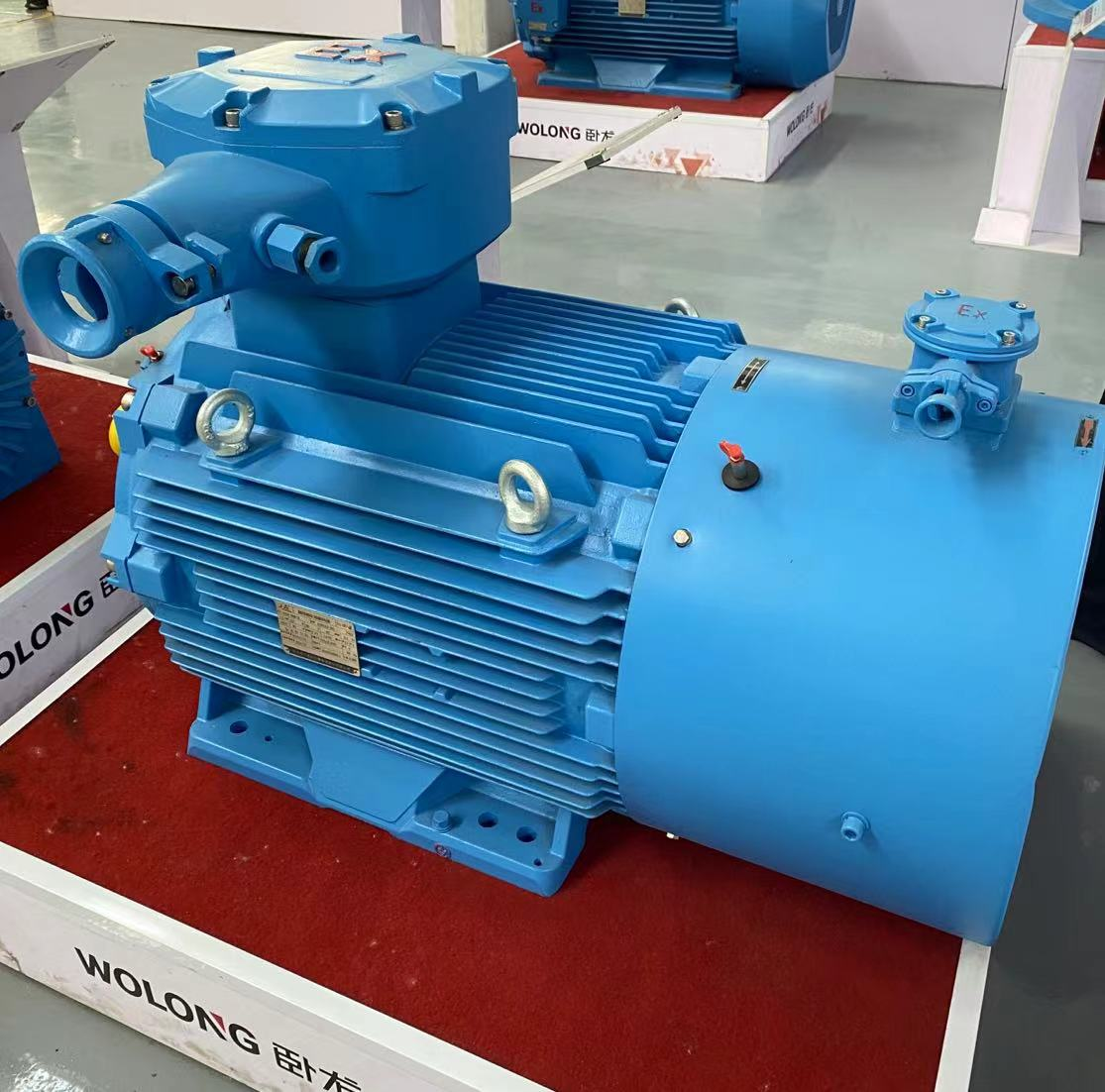The motor assembly process is a crucial step in the production of various electromechanical equipment. This process involves the careful construction and integration of various components to create functional motors that can power a variety of devices. From small household appliances to large industrial machinery, electric motors play a vital role in driving the technology of the modern world.
The motor assembly process usually begins with gathering all necessary components, including the stator, rotor, bearings, housing, and other important components. These components are then carefully inspected to ensure they meet the required specifications and quality standards. Identify and replace any defective parts to maintain the integrity of the motor assembly.
Once the components are approved, the actual assembly process begins. This involves the precise placement and alignment of each component to ensure they work together seamlessly. Depending on the type of motor being assembled, special tools and equipment may be used to facilitate the assembly process. For electric motors, for example, wrapping copper wire around the stator and rotor is a critical step that requires precision and expertise.
Throughout the motor assembly process, quality control measures are implemented to verify the accuracy and functionality of assembled components. This may involve performing performance tests, such as checking that voltage and current are correct, and ensuring that the motor is running smoothly and efficiently.
In addition to mechanical assembly, motors may undergo additional processes such as lubrication, insulation, and protective coating applications to enhance their durability and performance. These steps are critical to ensuring that the motor can withstand the rigors of its intended application and operate reliably over the long term.
Overall, the motor assembly process is a complex and involved process that requires attention to detail, technical expertise, and a commitment to quality. By following strict assembly protocols and industry standards, manufacturers can produce motors that meet the diverse needs of consumers and businesses across industries. Whether powering home appliances or driving heavy machinery, the motor assembly process is critical to the functionality and success of countless devices and equipment.7
Post time: May-15-2024






